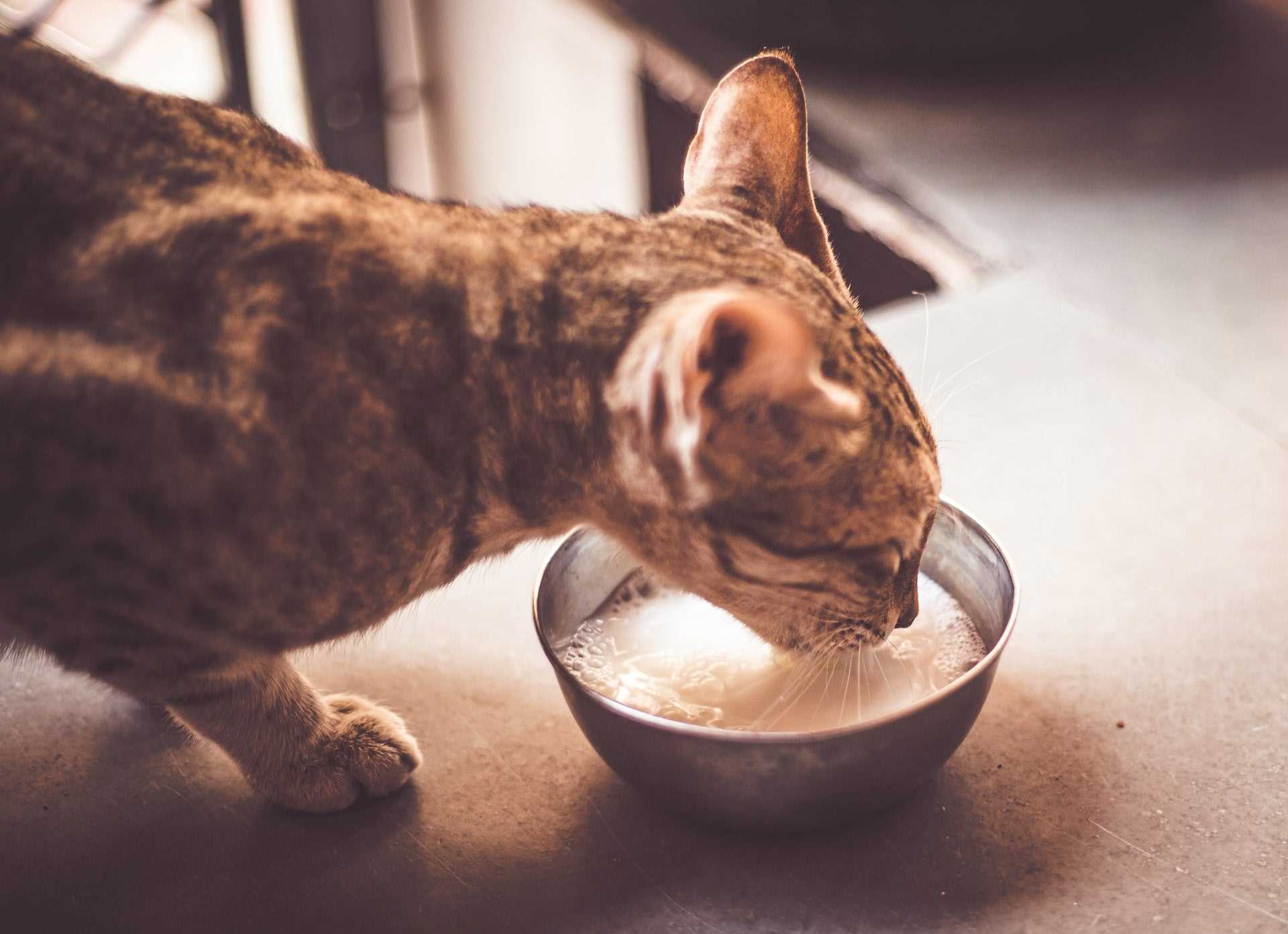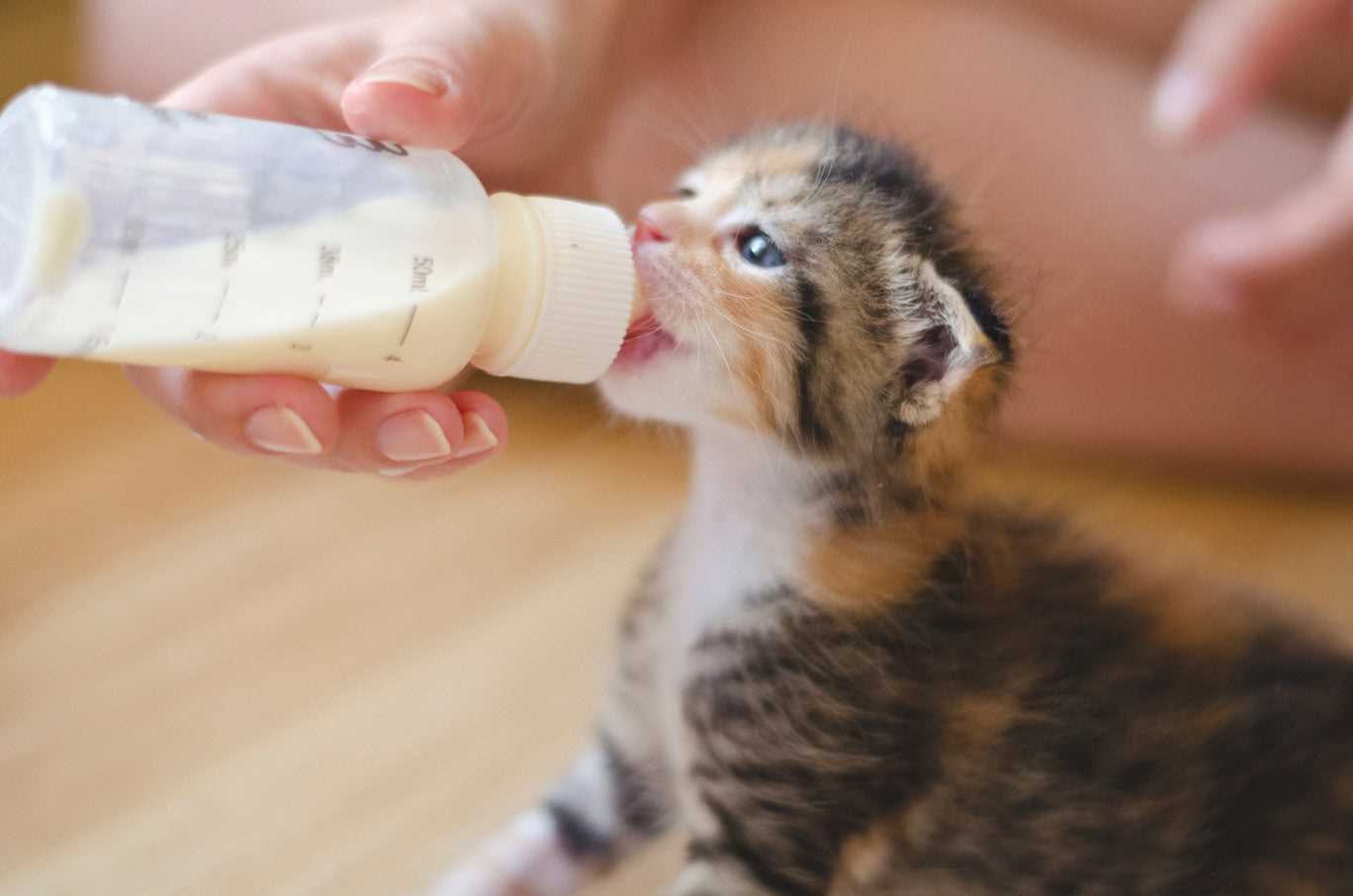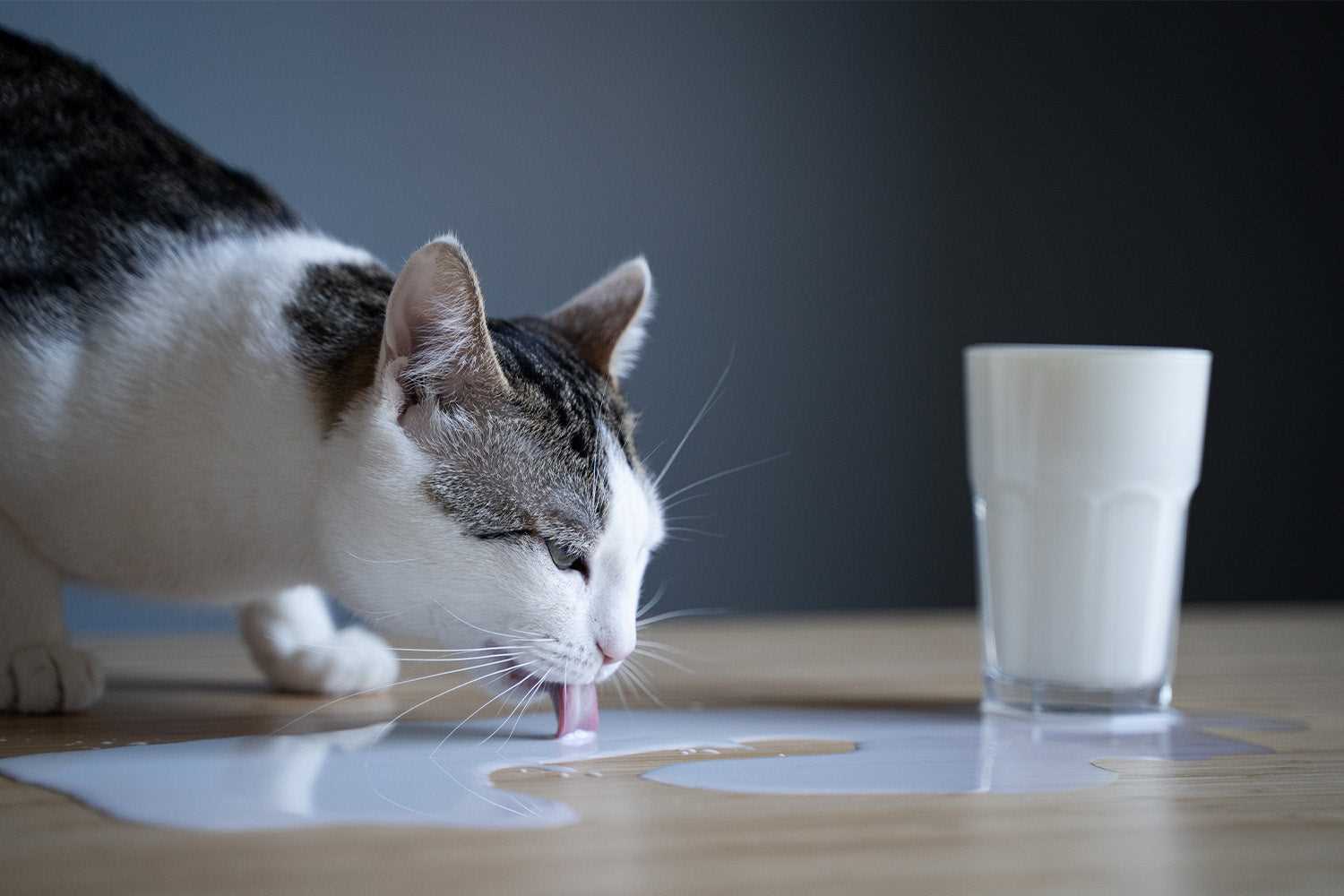



Many believe that dairy is a delightful treat for felines. However, a significant number of us are unable to digest it properly. As a Scottish Fold, I’ve tasted my share of creamy goodness, but it’s important to know the facts before indulging.
Research shows that a large portion of our kind lacks the enzyme needed to process lactose, leading to stomach discomfort and other issues. Instead of milk, consider offering water or specially formulated cat treats that cater to our dietary needs. These options ensure our health while still satisfying our taste buds.
It’s tempting to share a sip of your milkshake or leftover cream. However, the consequences might not be worth the momentary joy. Let’s keep our meals tailored to what keeps us purring, not worrying!
Understanding Lactose Intolerance in Cats

As an 8-year-old Scottish Fold, I’ve encountered many humans who believe a splash of milk is a treat every feline enjoys. However, the reality is quite different. Most of my fellow whiskered companions lack the enzyme needed to properly digest dairy products. This leads to discomfort, including stomach upset and diarrhea.
It’s crucial to observe your pet’s reaction to dairy. If there’s any sign of digestive distress after consuming milk or cheese, it’s a clear indication that these foods should be avoided. In my experience, it’s best to skip the dairy aisle altogether and stick to treats specifically designed for us.
Some of us might have a higher tolerance due to individual variations in digestion. It’s not unheard of for certain furry friends to enjoy small amounts without issues. However, this doesn’t mean it’s safe for everyone. Always prioritize health and comfort over momentary indulgence.
For a balanced diet, focus on protein-rich foods and specially formulated snacks. Hydration is equally important, so fresh water should always be available. If your human insists on giving a creamy treat, there are lactose-free alternatives available on the market that can be a safer option.
To sum it up, while some may enjoy a little dairy, it’s generally best to steer clear. Keeping an eye on how your companion reacts will guide you in making the best choices for their wellbeing.
Signs Your Feline May Struggle with Dairy

Watch for these indicators: if your friend shows signs of discomfort after consuming milk or dairy products, it might be a signal. Look for symptoms like stomach upset, diarrhea, or excessive gas. These can be clear hints that the digestive system isn’t handling the lactose well.
Changes in behavior can also provide clues. If your companion seems more lethargic or avoids food altogether after a dairy treat, it’s worth considering their tolerance levels. Keep an eye on their grooming habits; if they’re less attentive to their fur, it could indicate digestive issues affecting their overall well-being.
For a deeper understanding of how touching impacts their maternal instincts, check out this link: do cats eat their kittens if you touch them.
Maintaining a dairy-free diet can lead to a happier, healthier life. Always opt for alternatives that are easier on their tummies, ensuring that every meal is enjoyable and nutritious. If unsure, consult with a vet to decide the best approach for your furry friend.
Safe Dairy Alternatives for Cats

Plain yogurt is a great option. It contains less lactose than regular milk and can even provide probiotics that support digestive health. Just a small spoonful is enough to treat me without causing discomfort.
Cottage cheese is another suitable choice. Choose low-fat varieties and offer it in moderation. This creamy delight is easier on the tummy compared to other dairy products and can be mixed with my favorite treats.
Goat’s milk is often better tolerated than cow’s milk. It’s lower in lactose and has beneficial nutrients. Always opt for raw or pasteurized versions without additives.
Some brands make specially formulated dairy-free cat treats that use ingredients like almond or coconut milk. Check the labels to ensure they contain no harmful additives.
Ultimately, I enjoy a variety of flavors, but moderation is key. Always observe how I react to new foods and consult with a vet if unsure. Curious about wildlife interactions? Check out this article on will foxes eat cats.
Many believe that dairy is a delightful treat for felines. However, a significant number of us are unable to digest it properly. As a Scottish Fold, I’ve tasted my share of creamy goodness, but it’s important to know the facts before indulging.
Research shows that a large portion of our kind lacks the enzyme needed to process lactose, leading to stomach discomfort and other issues. Instead of milk, consider offering water or specially formulated cat treats that cater to our dietary needs. These options ensure our health while still satisfying our taste buds.
It’s tempting to share a sip of your milkshake or leftover cream. However, the consequences might not be worth the momentary joy. Let’s keep our meals tailored to what keeps us purring, not worrying!
Understanding Lactose Intolerance in Cats

As an 8-year-old Scottish Fold, I’ve encountered many humans who believe a splash of milk is a treat every feline enjoys. However, the reality is quite different. Most of my fellow whiskered companions lack the enzyme needed to properly digest dairy products. This leads to discomfort, including stomach upset and diarrhea.
It’s crucial to observe your pet’s reaction to dairy. If there’s any sign of digestive distress after consuming milk or cheese, it’s a clear indication that these foods should be avoided. In my experience, it’s best to skip the dairy aisle altogether and stick to treats specifically designed for us.
Some of us might have a higher tolerance due to individual variations in digestion. It’s not unheard of for certain furry friends to enjoy small amounts without issues. However, this doesn’t mean it’s safe for everyone. Always prioritize health and comfort over momentary indulgence.
For a balanced diet, focus on protein-rich foods and specially formulated snacks. Hydration is equally important, so fresh water should always be available. If your human insists on giving a creamy treat, there are lactose-free alternatives available on the market that can be a safer option.
To sum it up, while some may enjoy a little dairy, it’s generally best to steer clear. Keeping an eye on how your companion reacts will guide you in making the best choices for their wellbeing.
Signs Your Feline May Struggle with Dairy

Watch for these indicators: if your friend shows signs of discomfort after consuming milk or dairy products, it might be a signal. Look for symptoms like stomach upset, diarrhea, or excessive gas. These can be clear hints that the digestive system isn’t handling the lactose well.
Changes in behavior can also provide clues. If your companion seems more lethargic or avoids food altogether after a dairy treat, it’s worth considering their tolerance levels. Keep an eye on their grooming habits; if they’re less attentive to their fur, it could indicate digestive issues affecting their overall well-being.
For a deeper understanding of how touching impacts their maternal instincts, check out this link: do cats eat their kittens if you touch them.
Maintaining a dairy-free diet can lead to a happier, healthier life. Always opt for alternatives that are easier on their tummies, ensuring that every meal is enjoyable and nutritious. If unsure, consult with a vet to decide the best approach for your furry friend.
Safe Dairy Alternatives for Cats

Plain yogurt is a great option. It contains less lactose than regular milk and can even provide probiotics that support digestive health. Just a small spoonful is enough to treat me without causing discomfort.
Cottage cheese is another suitable choice. Choose low-fat varieties and offer it in moderation. This creamy delight is easier on the tummy compared to other dairy products and can be mixed with my favorite treats.
Goat’s milk is often better tolerated than cow’s milk. It’s lower in lactose and has beneficial nutrients. Always opt for raw or pasteurized versions without additives.
Some brands make specially formulated dairy-free cat treats that use ingredients like almond or coconut milk. Check the labels to ensure they contain no harmful additives.
Ultimately, I enjoy a variety of flavors, but moderation is key. Always observe how I react to new foods and consult with a vet if unsure. Curious about wildlife interactions? Check out this article on will foxes eat cats.
Many believe that dairy is a delightful treat for felines. However, a significant number of us are unable to digest it properly. As a Scottish Fold, I’ve tasted my share of creamy goodness, but it’s important to know the facts before indulging.
Research shows that a large portion of our kind lacks the enzyme needed to process lactose, leading to stomach discomfort and other issues. Instead of milk, consider offering water or specially formulated cat treats that cater to our dietary needs. These options ensure our health while still satisfying our taste buds.
It’s tempting to share a sip of your milkshake or leftover cream. However, the consequences might not be worth the momentary joy. Let’s keep our meals tailored to what keeps us purring, not worrying!
Understanding Lactose Intolerance in Cats

As an 8-year-old Scottish Fold, I’ve encountered many humans who believe a splash of milk is a treat every feline enjoys. However, the reality is quite different. Most of my fellow whiskered companions lack the enzyme needed to properly digest dairy products. This leads to discomfort, including stomach upset and diarrhea.
It’s crucial to observe your pet’s reaction to dairy. If there’s any sign of digestive distress after consuming milk or cheese, it’s a clear indication that these foods should be avoided. In my experience, it’s best to skip the dairy aisle altogether and stick to treats specifically designed for us.
Some of us might have a higher tolerance due to individual variations in digestion. It’s not unheard of for certain furry friends to enjoy small amounts without issues. However, this doesn’t mean it’s safe for everyone. Always prioritize health and comfort over momentary indulgence.
For a balanced diet, focus on protein-rich foods and specially formulated snacks. Hydration is equally important, so fresh water should always be available. If your human insists on giving a creamy treat, there are lactose-free alternatives available on the market that can be a safer option.
To sum it up, while some may enjoy a little dairy, it’s generally best to steer clear. Keeping an eye on how your companion reacts will guide you in making the best choices for their wellbeing.
Signs Your Feline May Struggle with Dairy

Watch for these indicators: if your friend shows signs of discomfort after consuming milk or dairy products, it might be a signal. Look for symptoms like stomach upset, diarrhea, or excessive gas. These can be clear hints that the digestive system isn’t handling the lactose well.
Changes in behavior can also provide clues. If your companion seems more lethargic or avoids food altogether after a dairy treat, it’s worth considering their tolerance levels. Keep an eye on their grooming habits; if they’re less attentive to their fur, it could indicate digestive issues affecting their overall well-being.
For a deeper understanding of how touching impacts their maternal instincts, check out this link: do cats eat their kittens if you touch them.
Maintaining a dairy-free diet can lead to a happier, healthier life. Always opt for alternatives that are easier on their tummies, ensuring that every meal is enjoyable and nutritious. If unsure, consult with a vet to decide the best approach for your furry friend.
Safe Dairy Alternatives for Cats

Plain yogurt is a great option. It contains less lactose than regular milk and can even provide probiotics that support digestive health. Just a small spoonful is enough to treat me without causing discomfort.
Cottage cheese is another suitable choice. Choose low-fat varieties and offer it in moderation. This creamy delight is easier on the tummy compared to other dairy products and can be mixed with my favorite treats.
Goat’s milk is often better tolerated than cow’s milk. It’s lower in lactose and has beneficial nutrients. Always opt for raw or pasteurized versions without additives.
Some brands make specially formulated dairy-free cat treats that use ingredients like almond or coconut milk. Check the labels to ensure they contain no harmful additives.
Ultimately, I enjoy a variety of flavors, but moderation is key. Always observe how I react to new foods and consult with a vet if unsure. Curious about wildlife interactions? Check out this article on will foxes eat cats.









